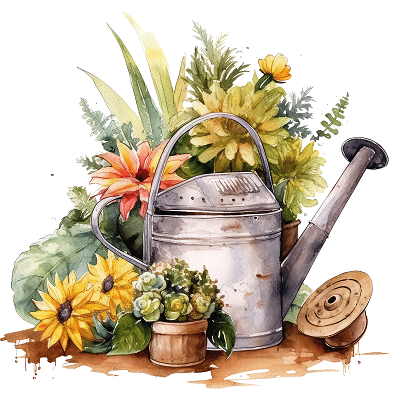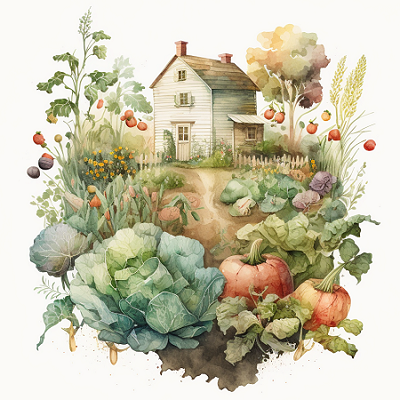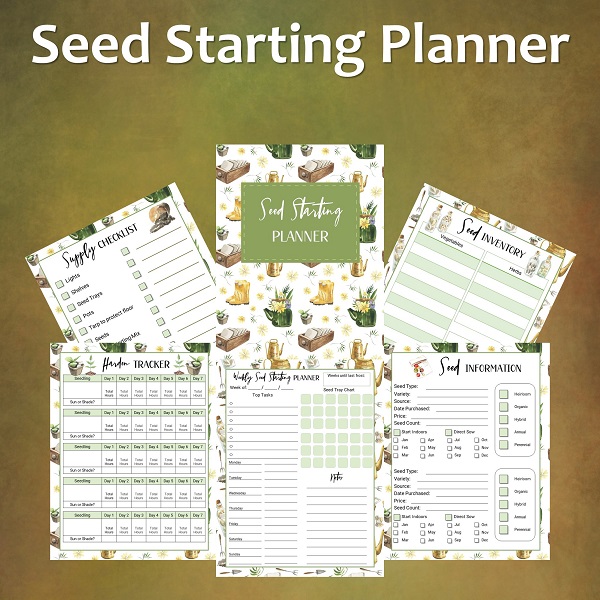Leila
 A common question newbie gardeners ask is: how will I know when to water my garden? When it comes to watering the garden, there are no fixed rules. It greatly depends on the soil, type of plant, and other factors.
A common question newbie gardeners ask is: how will I know when to water my garden? When it comes to watering the garden, there are no fixed rules. It greatly depends on the soil, type of plant, and other factors.
The Soil
Experienced gardeners examine first the soil’s condition before watering. They will know it is time to water when, of course, the soil is dry. Conversely, if the soil is pretty much moist, it is an indicator the plants don’t need watering.
Watering
Watering needs to be done in moderation. Too much water could suffocate the plants. Meanwhile, too little could lead to dehydration. So, how do you know when to stop watering plants? When water starts to accumulate or pool, this is a signal to stop. Continue reading
 One of the common concerns in gardening is whether to use organic or artificial fertilizers. Of course, many lean towards going organic because of its numerous benefits. Unfortunately, the majority still choose artificial fertilizers. The reason is quite simple — organic is laborious and has a slower effect on plants. Meanwhile, artificial fertilizers are easy to use and produce quick results.
One of the common concerns in gardening is whether to use organic or artificial fertilizers. Of course, many lean towards going organic because of its numerous benefits. Unfortunately, the majority still choose artificial fertilizers. The reason is quite simple — organic is laborious and has a slower effect on plants. Meanwhile, artificial fertilizers are easy to use and produce quick results.
Is picking artificial over organic worth it? In order to have a clearer picture of their distinctions, defining these terms is a wise thing to think about.
Organic vs. Artificial
Newbie gardeners argue about this more than any other subject. A point can be made that debates happen because they are confused of what ‘organic’ and ‘artificial’ actually mean. Continue reading
 Have you ever wondered exactly what a “kitchen garden” is or how it differs from a regular vegetable garden?
Have you ever wondered exactly what a “kitchen garden” is or how it differs from a regular vegetable garden?
For starters, a kitchen garden or potager (pronounced puh-ta-zhay), is a special kind of edible garden with a rich history tracing back to old English and French culinary gardens.
Much like a traditional vegetable garden, a kitchen garden is a chef’s delight filled with delicious fruits, vegetables, herbs and edible flowers. In short, a kitchen garden is a celebration of fresh ingredients and delicious home cooked meals.
Both kitchen and traditional gardens offer a sense of satisfaction coupled with tangible rewards for a job well done. Beyond these similarities, there are some distinct differences between the two, however.
A kitchen garden has three main characteristics: Continue reading



